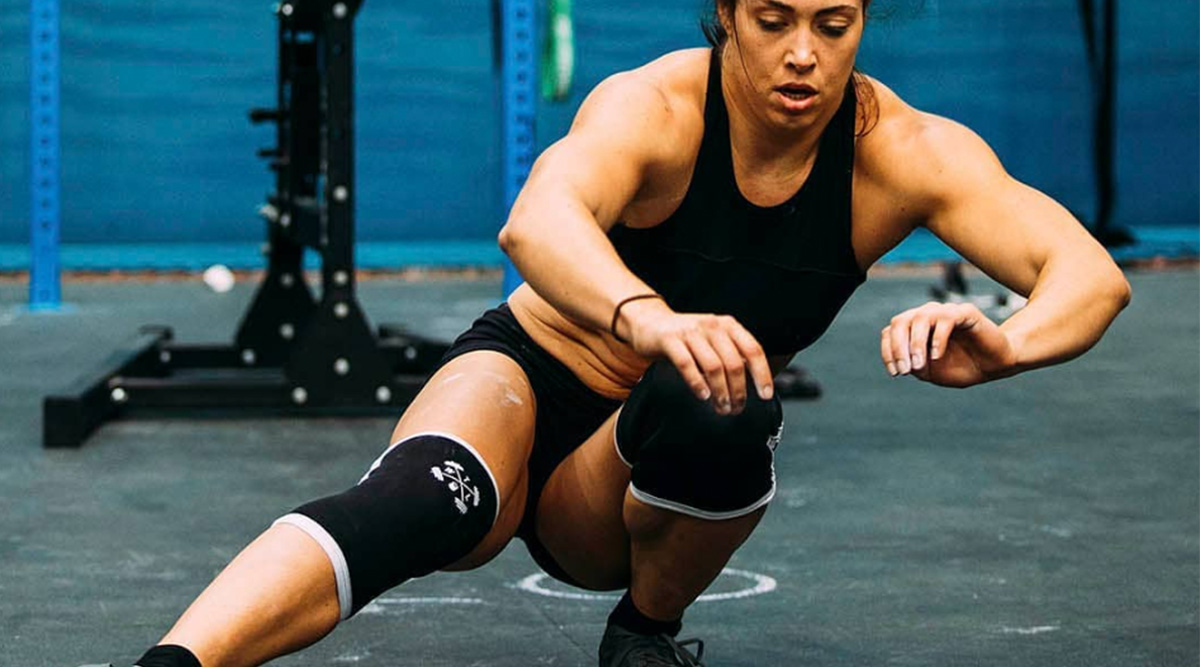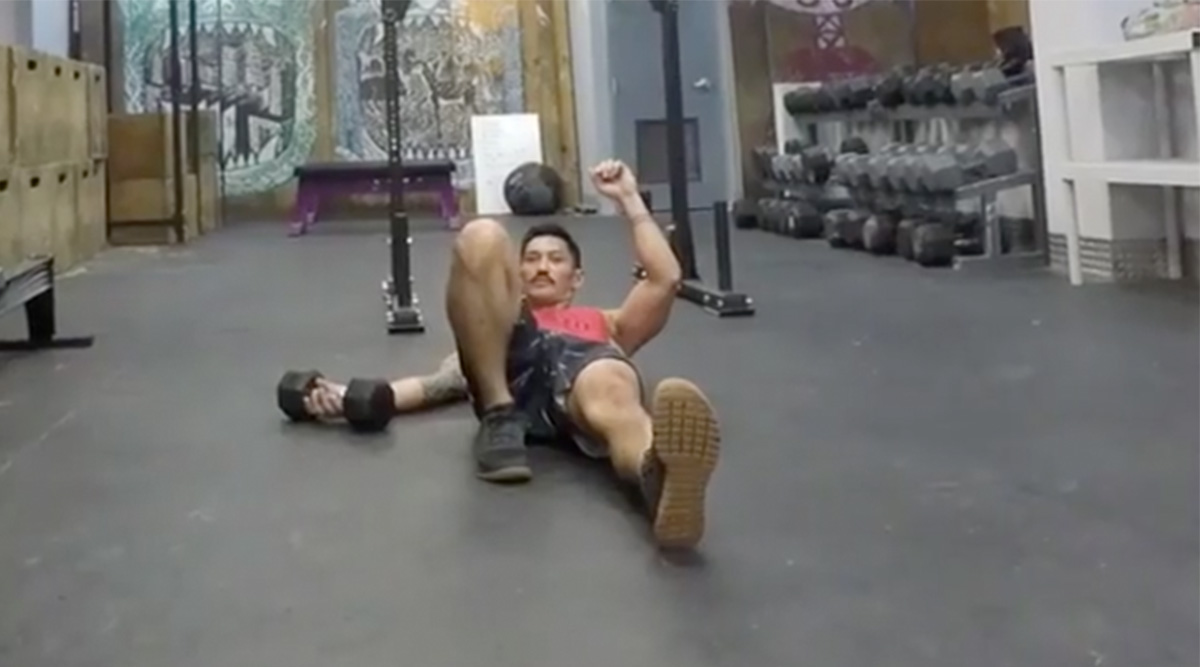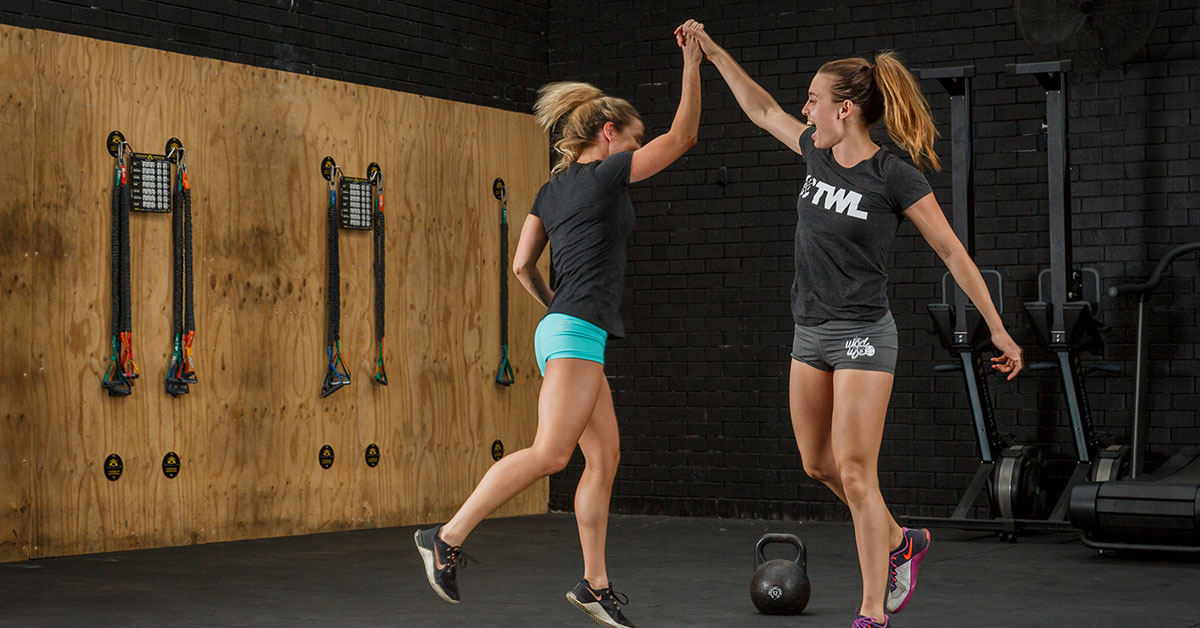The pistol, or one-legged squat, is a powerhouse exercise for challenging strength, balance, and mobility. However, if you are lacking in any of those three areas, it can feel nearly impossible to properly perform this exercise. Fret not because following are several ways to scale the pistol squat while you work up to the full movement.
9 Ways to Scale Pistols
1. Single-Leg Squat Down to a Ball, Bench, or Box
If strength is your main obstacle, start by practicing single-leg squats with a smaller range of motion. Instead of sitting all the way down, stand on one leg and squat down to a ball, bench, or box. Then, stand up by driving through the heel of your planted foot.
A bench or box is ideal to start with. You can gradually work down to lower boxes to develop strength in a greater range of motion. A ball provides a less stable grounding, so try that once you are comfortable with the bench or box.
2. Negative Pistol
If you are lacking the strength to get out of the hole, practice negative pistols. Standing on one leg, squat all the way down. Lower yourself slowly and maintain your balance throughout the movement. At the bottom of the pistol, set your extended foot down and stand up with both feet. Repeat on both sides.
3. Positive Pistol
As the opposite of the previous option, positive pistols help you master the standing motion of the pistol. Perform a regular air squat on two feet. At the bottom, shift your weight and point one leg forward. Now, stand up on one foot. Repeat on both sides.
4. Rolling Pistol
If you can easily back or front squat your bodyweight (meaning you have the necessary strength to perform a pistol) but you still get stuck in the hole, try a rolling pistol. On one leg, sit back into your squat and lower yourself all the way to the floor. When your butt touches the ground, roll backward on your back. Then, rock forward, plant your standing foot, and use the momentum of your roll to get yourself off the ground.
If you are struggling to master the rolling motion, first practice this movement using two feet.
5. Counterbalanced Pistol
If you tend to fall backward when doing pistols, try this: hold a light kettlebell, dumbbell, or plate between your hands and extend your arms out in front of you. Perform a pistol.
The weight should provide a counterbalance to keep you from falling backward while also engaging your posterior chain and helping your body maintain a strong position throughout the movement.
6. Heel-Propped Pistol
If you have ankle mobility restrictions and your heel keeps coming off the ground when you try to do a pistol, this temporary solution will enable you to do the movement while you work on improving your mobility.
With a plate on the floor, set your foot so your toes are on the ground and your heel is on the plate. Do your pistols.
7. Banded Pistol
Stretch a band between two posts of a rig about 8 to 14 inches above the floor. Do your pistols so that at the bottom, you are sitting on the band. Similar to banded pull-ups, banded pistols help you out of the bottom of the movement. For less assistance, use a lighter band.
8. Pistol With Gymnastic Rings
With your hands lightly grasping the rings, lower yourself into the bottom of the pistol. Then, stand using the rings to provide only the slight bit of assistance you need to get out of the hole.
Be sure you are driving through the heel of your planted foot and doing most of the work with your leg, not your arms.
(You can also use a band for this kind of assistance.)
9. Wall-Assisted Pistol
The last scale before graduating to regular pistols, wall-assisted pistols are for athletes who just need a slight bit of help on the way back up. With your standing side to the wall, drop down into your pistol. Stand back up using your hand against the wall to help you up as needed.
You can also use a post or pillar for assistance. As you practice, you should need the wall less and less.
Practice these scaled versions, and you will be well on your way to performing beautiful pistols with no assistance whatsoever.
Shop with TWL today.















